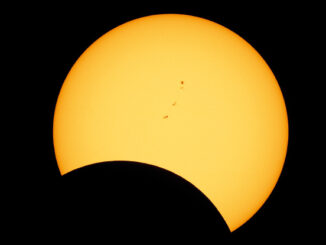
Eclipse

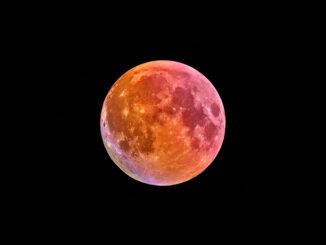


Further Jupiter events for UK observers in July 2019
July opens with Jupiter three weeks after opposition, but the largest planet is still putting on a fine show as an unmistakable magnitude -2.6 object low in the south before midnight in the constellation of Ophiuchus (the Serpent Bearer). With ongoing developments in the Jupiter’s Great Red Spot and plenty of phenomena occurring with the planet’s large Galilean moons, here’s our Jovian observing guide for July 2019.

Get ready for prime-time Jupiter and its multi-moon events in June 2019
Jupiter, the solar system’s largest planet, reaches opposition on 10 June in the constellation of Ophiuchus (the Serpent Bearer) and is visible low in the southern sky of the UK through the night. Observers with small to medium aperture telescopes can see a number of shadow transits of Jupiter’s Galilean moons and view the planet’s Great Red Spot throughout June.
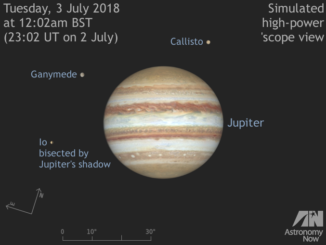
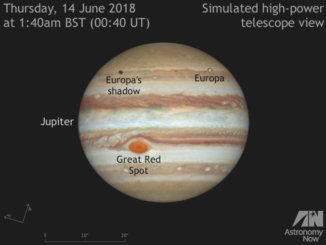
June’s Jupiter events visible from the UK
Jupiter has passed opposition, but the solar system’s largest planet is still putting on a magnificent show in the southern sky at dusk. Backyard telescopes readily reveal its Great Red Spot storm feature and four main moons constantly playing tag. Here’s our full guide to Jovian events visible from the UK in June.
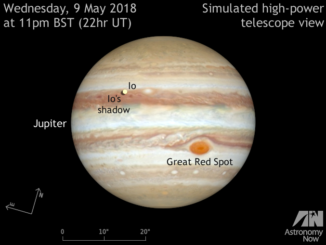
Jupiter’s 9 May opposition and a month of Jovian events visible from the UK
With the opposition of Jupiter occurring on 9 May, now is the time to ensure that your telescope is clean and collimated (aligned) to deliver the sharpest images of the solar system’s largest planet at its best. We tell you when and how to view Jupiter’s Great Red Spot and a wealth of Galilean moon phenomena throughout May 2018.

See the Moon hide double star Porrima then get close to Jupiter on 3—4 June
Jupiter now lies highest in the UK sky at sunset, but the Solar System’s largest planet and its four bright Galilean moons still provide plenty of observable events during June, as we reveal. If you’re uncertain which evening ‘star’ is Jupiter, the Moon conveniently passes by on the night of 3—4 June, a time when European skywatchers can also see the Moon occult (hide) bright double star Porrima.

